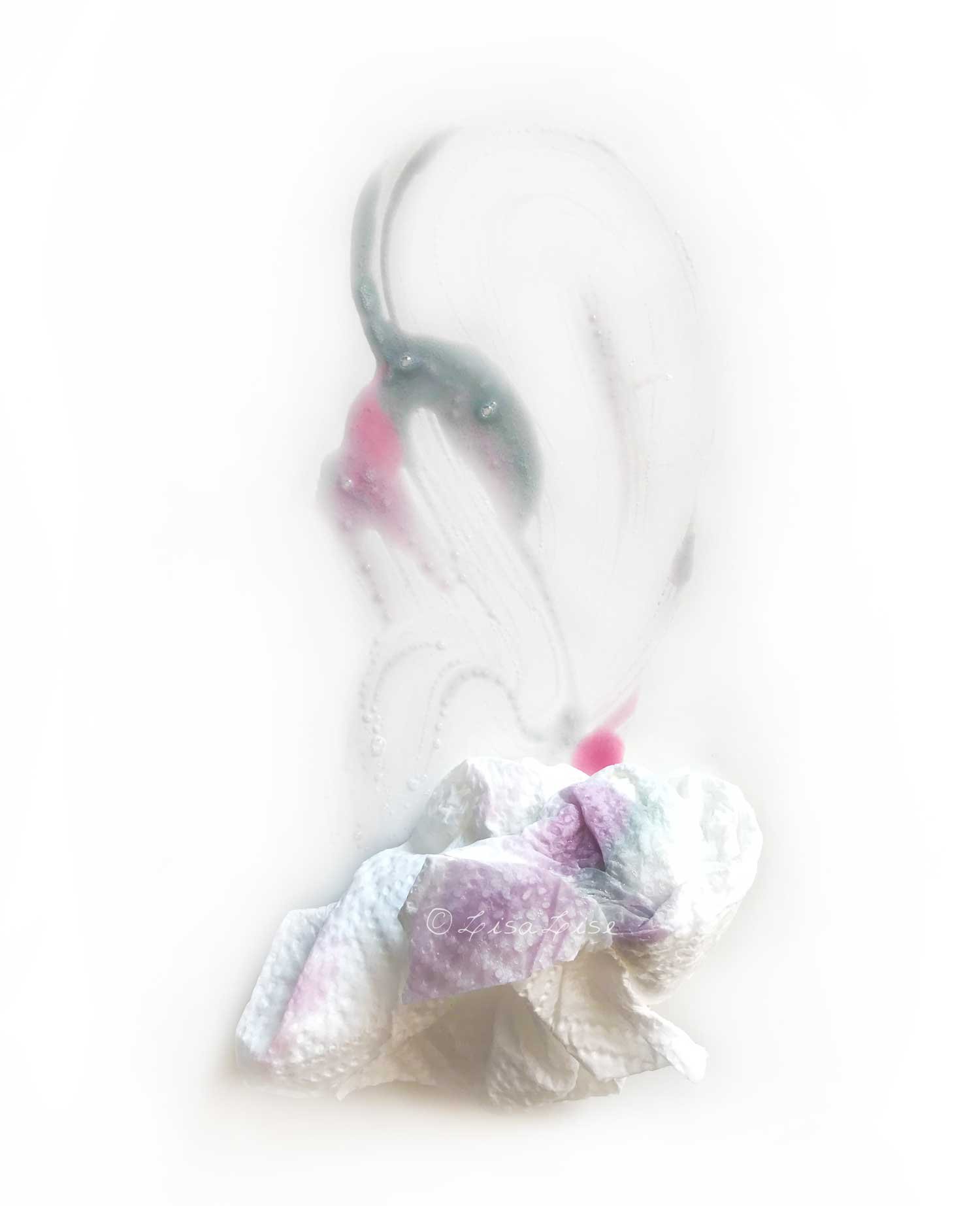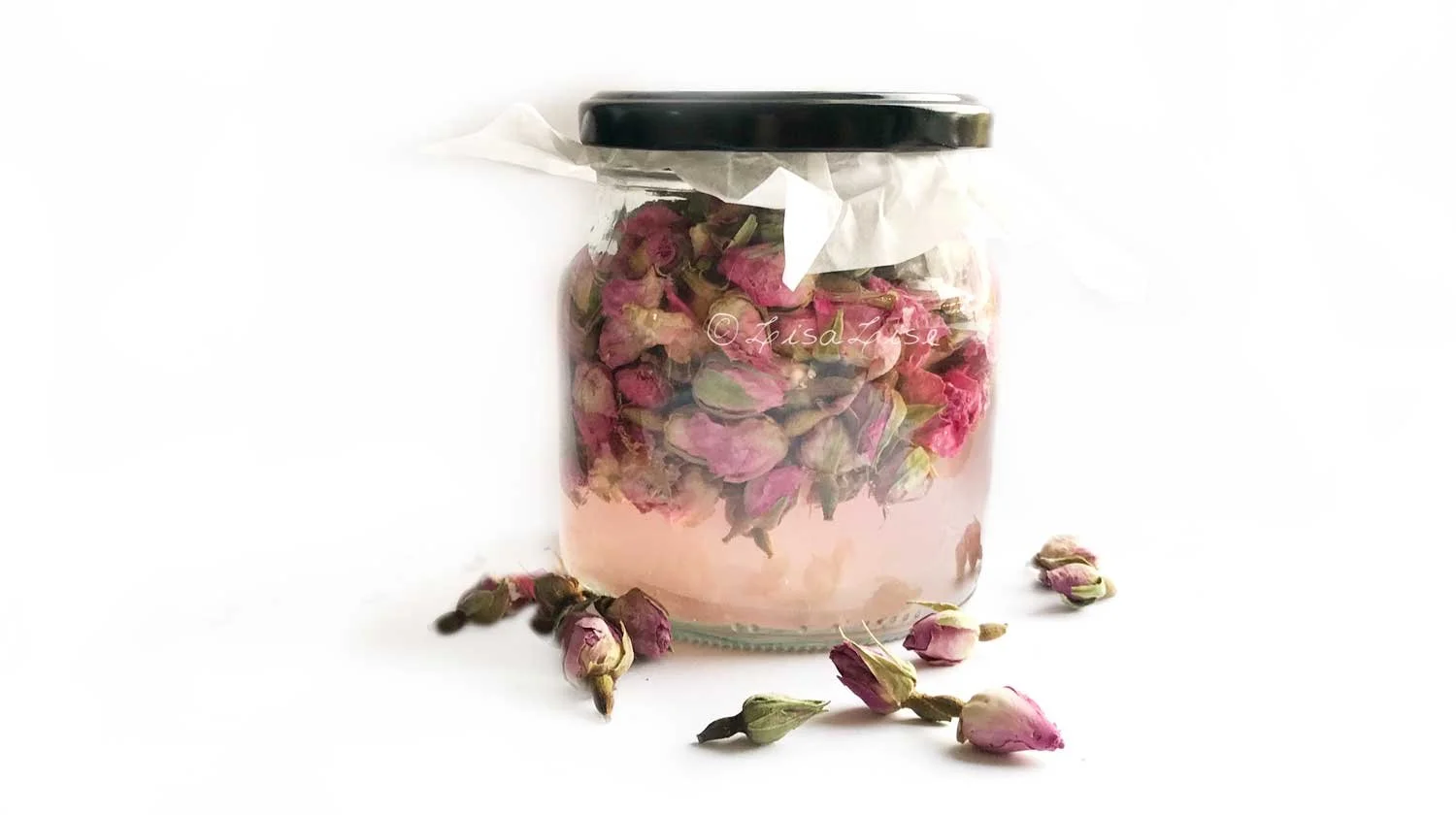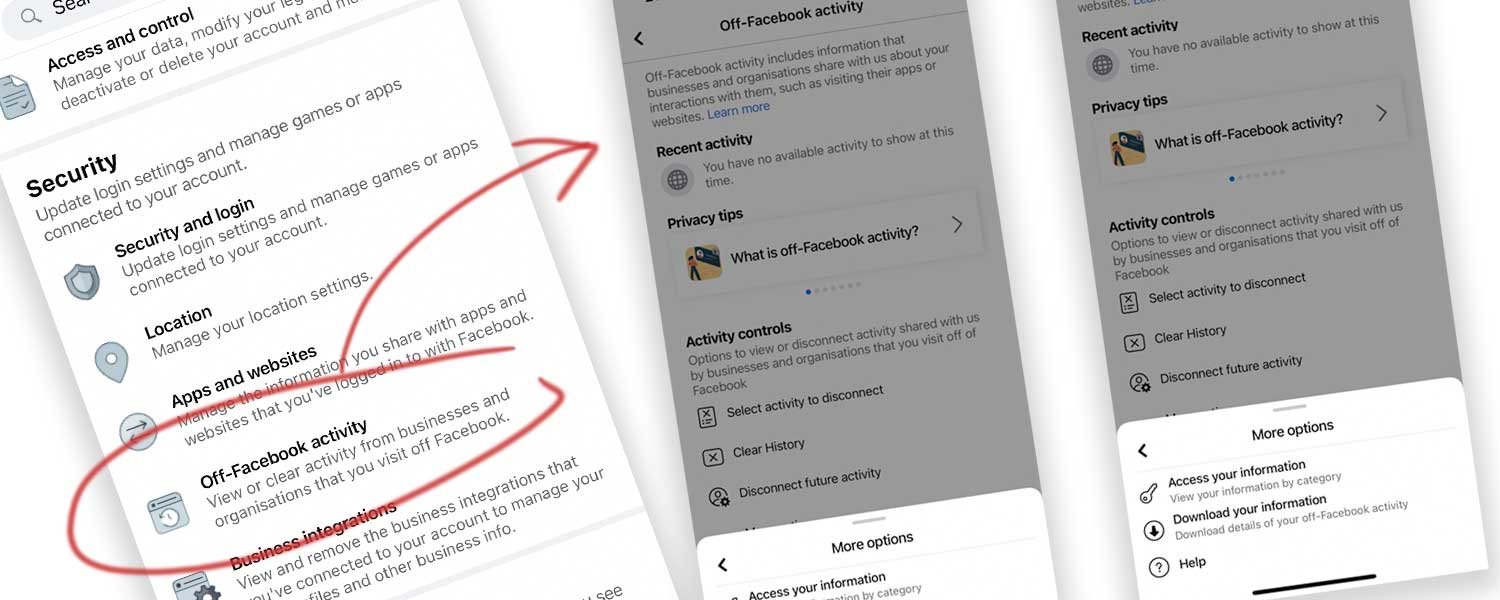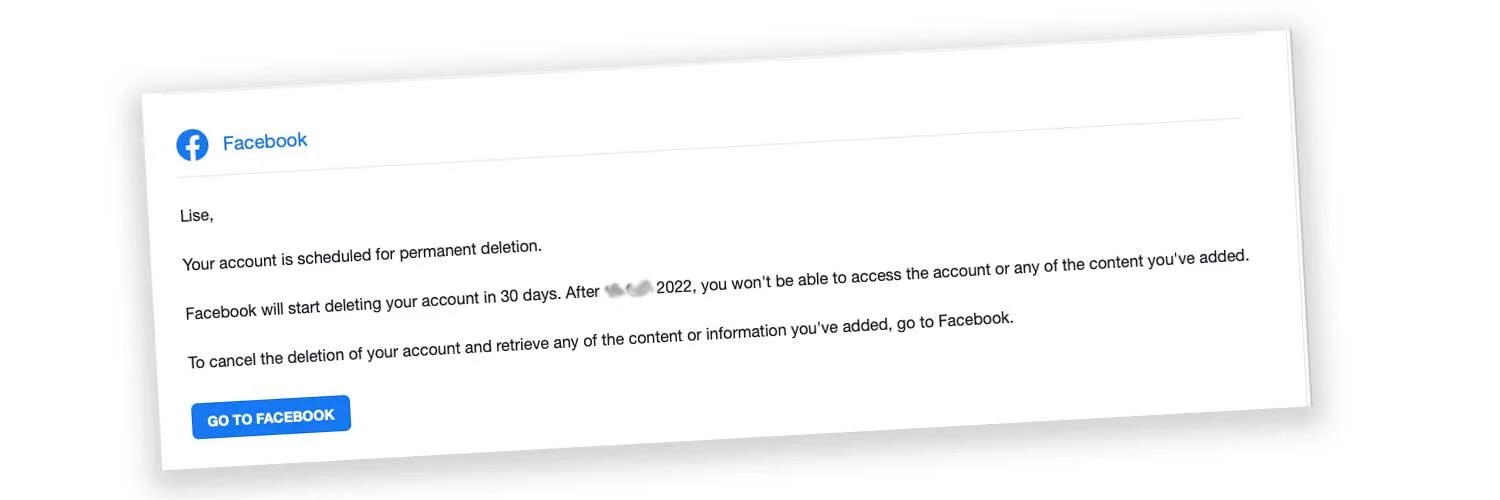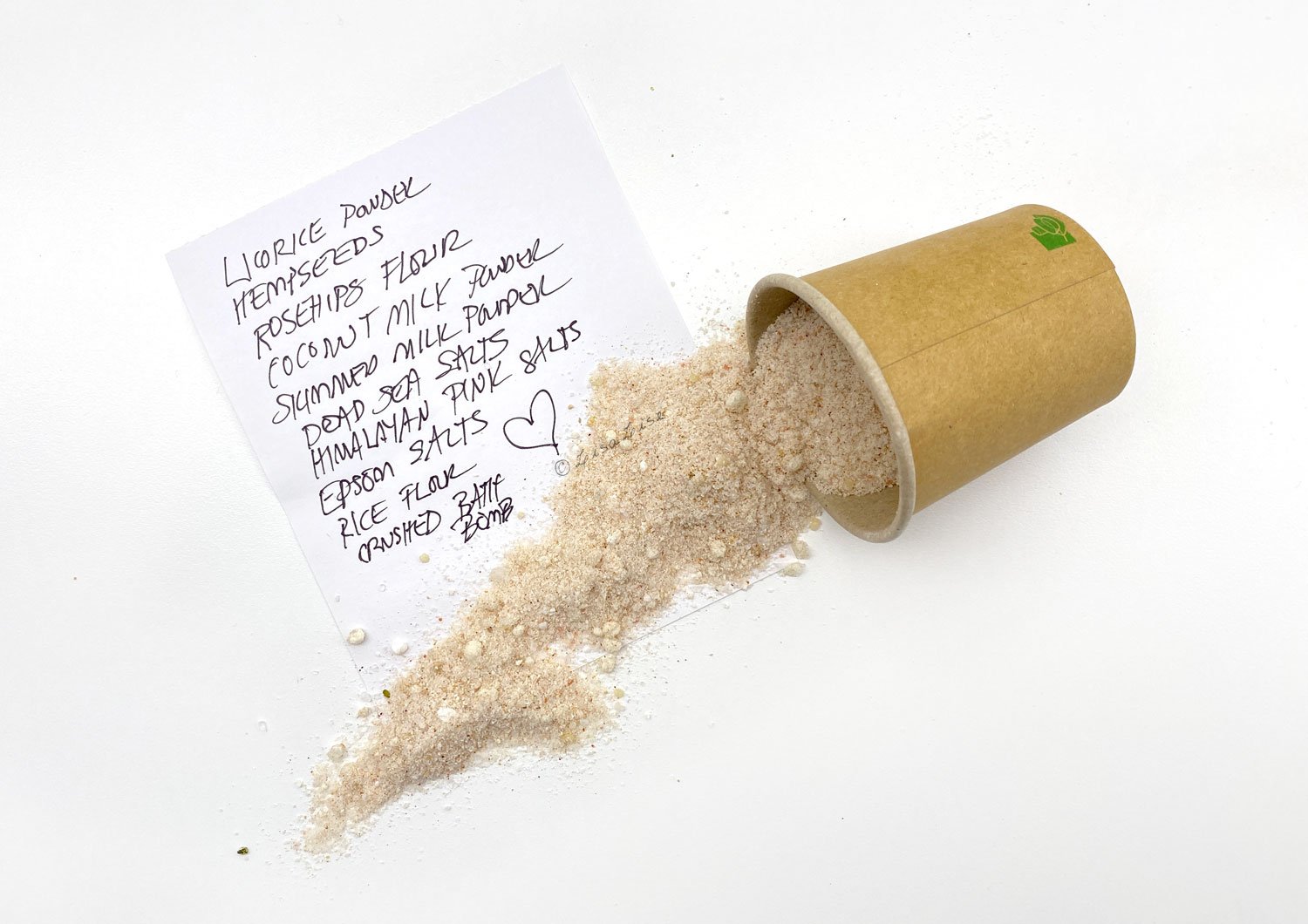How Formulating Could Change the World
Lise
When I started making cosmetics, there wasn't a fraction of the plant-based ingredients that are available today. The list of plant oils was laughably short, the choice of natural emulsifiers was – let me think a moment – 3 (?), and hydrosols were so rare, it felt like Christmas to find a supplier who happened to carry any at all.
Things have really changed over the past couple of decades.
A New Path
While I heartily applaud seeing green beauty come ever closer to being mainstream, I find I have chosen a slightly different path for myself. In more recent years, it has become far more interesting to focus on paring back.
I am constantly asking myself 'What can I leave out of this formula without sacrificing performance or function?'
Working this way has led to my appreciation of the classic phrase “Less is More”.
Because it's true. Less really is more.
Minimalistic Gets (Somewhat) Easier When You Know What You're Doing
A formula with a short ingredient list may look like it should be easy peasy, but more often than not it has proven to be incredibly challenging for me.
To achieve the ultimate minimalistic formula, you have to get up close and personal with the limitations and capabilities of every single ingredient. And if you happen to discover an unexpected passion for learning how to make your own ingredients, this 'affliction' gets even worse.
Take emulsifiers. Did you know it is possible to produce a stable cosmetic emulsifier in an artisan setting using just plants? To date, I have one I am pretty satisfied with, but as one is not enough for me, I am working on creating some additional ones.
Extracts? I have long since stopped buying commercially made extracts. Sourcing raw materials/botanicals and making my own is much more satisfying, albeit a bit of a mouthful. It’s important to have an understanding of which actives and other components are 'harvest-able' from any given plant in any given form (dried, fresh, freeze-dried, powdered, etc) and in any given medium. (Don’t even try doing the math on that— it’s mind boggling).
When you start getting serious about what plants have to offer, it becomes clear how much botanicals contain – a veritable treasure trove of beneficial properties!
But, as no single medium will successfully extract everything, you also have to know
which components you want to capture
which solvent(s) are ideal for the job
how the final extract can be used
There are numerous ways to 'get it right', but there are also many ways to get it wrong. Example: infusing oil with coffee beans will produce a beautifully coffee-fragranced oil, but if the goal is a caffeine-rich extract, expect disappointing results. Caffeine is not oil-soluble. REF
Testing Limits is Part of the Job
To successfully minimalise any formula, limits must be tested. How much can any given component be tweaked and still produce a functional product? Sometimes, the results can be quite surprising. Sometimes, changing an ingredient a mere 0.2% can make all the difference in the world.
It takes quite a bit of bench-time, batches, and in-depth study before the perfect less-is-more formulation reveals itself. My quest for minimalisation is admittedly a long and winding road, but my reasoning for following this path is quite simple.
Here it comes.
I Believe This Kind of Formulating Can Change the World
You: Seriously, Lise? (insert snicker) You think making less-is-more cosmetics can change the world?
Yes, I do.
Allow me to explain.
If you happened to have read this interview a while back, you might have noticed I describe myself as an old hippie. This is partly because I am, but also because the idea of spreading love & peace and taking good care of our planet are important to me.
And I really, truly mean it.
It's all very idealistic, and although I am fully aware it is not possible to change the world and fix everything...
somewhere...
deep inside...
I believe we really can change the world and fix everything. We all have our bit to contribute, and my little piece of this huge puzzle seems to be developing and making plant based cosmetics.
Imagine For a Moment
So, what if...
It was not necessary to transport pricey, processed ingredients all over the world in order to create effective, quality personal care products?
And what if
We could get stunning results using local materials with no need of costly equipment or fancy facilities?
And what if
Excellence could be created and produced in any neck of the woods - regardless of background or experience level?
Are you beginning to get my drift?
You Started This
You are, in fact, one of the reasons this back-to-the-roots minimalistic thing has become my main focus.
Yes, you.
You are located all over the world and speak dozens of different languages. Your tools, means, access to materials, and requirements are (in many instances) widely different from mine.
And even though you live in Pakistan, Uganda, Saudi Arabia, America, Switzerland, Peru, Australia, Malaysia (if I go on you'll stop reading, but there's much more), your comments and inspiring questions have made it abundantly clear to me that we are all seeking the same thing: to create excellence using the abundance of natural plant power this planet has to offer us - no matter where we reside.
So that's why I passionately remain on this quest.
What do you think? Can we formulators help change the world?
Do Tell
Have you ever considered that even the most modest of contributions can make a massive difference? Please share in a comment below.
PS: The books below (both in English and Spanish) are great for both beginners and minimalists.





